Related Research Articles

Ronald Howard was an English actor and writer. He appeared as Sherlock Holmes in a weekly television series of the same name in 1954. He was the son of the actor Leslie Howard.

The bowler hat, also known as a Coke hat, billycock, bob hat, bombín (Spanish) or derby, is a hard felt hat with a rounded crown, originally created by the London hat-makers Thomas and William Bowler in 1849. It has traditionally been worn with semi-formal and informal attire. The bowler, a protective and durable hat style, was popular with the British, Irish, and American working classes during the second half of the 19th century, and later with the middle and upper classes in the United Kingdom, Ireland, and the east coast of the United States.

Wilfrid Hyde-White was an English actor. Described by Philip French as a "classic British film archetype", Hyde-White often portrayed droll and urbane upper-class characters. He had an extensive stage and screen career in both the United Kingdom and the United States, and portrayed over 160 film and television roles between 1935 and 1987. He was twice nominated for a Tony Award for Best Actor in a Play, in 1957 for The Reluctant Debutante and in 1973 for The Jockey Club Stakes.
Green for Danger is a 1946 British thriller film, based on the 1944 detective novel of the same name by Christianna Brand. It was directed by Sidney Gilliat and stars Sally Gray, Trevor Howard, Rosamund John, Leo Genn, and Alastair Sim. The film was shot at Pinewood Studios in England. The title is a reference to the colour-coding used on the gas cylinders used by anaesthetists.

The Body in the Library is a work of detective fiction by Agatha Christie and first published in the US by Dodd, Mead and Company in February 1942 and in the UK by the Collins Crime Club in May of the same year. The US edition retailed at $2.00 and the UK edition at seven shillings and sixpence. The novel features her fictional amateur detective Miss Marple.

Circus of Fear ; also Scotland Yard auf heißer Spur, also Circus of Terror; US title Psycho-Circus) is a 1966 Anglo-German international co-production thriller film directed by John Llewellyn Moxey and starring Christopher Lee, Suzy Kendall, Leo Genn and Cecil Parker. Werner Jacobs directed the version released in West Germany. It was written by Harry Alan Towers based on the 1928 novel Again the Three Just Men by Edgar Wallace.
Emil and the Detectives is a 1929 novel set mainly in Berlin, by the German writer Erich Kästner and illustrated by Walter Trier. It was Kästner's first major success and the only one of his pre-1945 works to escape Nazi censorship. The book was immediately popular and the original version sold an initial two million copies. First published in English in 1931, it has never been out of print and has been translated into at least 59 languages.

John Stuart was born to Scottish parents, and was a very popular leading man in British silent films in the 1920s. He successfully made the transition to talking pictures in the 1930s and his film career went on to span almost six decades. He appeared in 172 films, 123 stage plays, and 103 television plays and series.

Sir John Glynne KS was a Welsh lawyer of the Commonwealth and Restoration periods, who rose to become Lord Chief Justice of the Upper Bench, under Oliver Cromwell. He sat in the House of Commons at various times between 1640 and 1660.

Father Brown is a 1954 British mystery comedy film directed by Robert Hamer and starring Alec Guinness as the title character with Joan Greenwood, Peter Finch and Cecil Parker. Like the American film Father Brown, Detective (1934), it is based loosely on The Blue Cross (1910), the first Father Brown short story by G. K. Chesterton. It was shot at the Riverside Studios in London. The film's sets were designed by the art director John Hawkesworth. It was distributed by Columbia Pictures in both Britain and the United States where it was released as The Detective. It was screened at the 1954 Venice Film Festival.
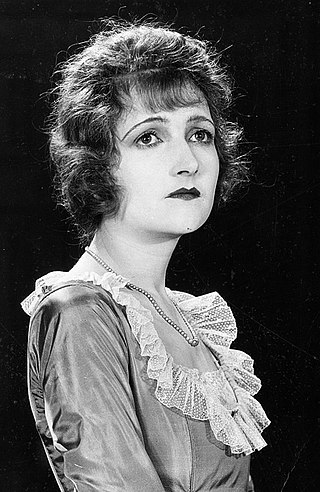
Mary Glynne was a British actress.

The Informers is a 1963 British crime film directed by Ken Annakin and starring Nigel Patrick, Margaret Whiting, Harry Andrews, Derren Nesbitt and Colin Blakely. It was produced by William MacQuitty, with screenplay by Paul Durst and Alun Falconer from the novel Death of a Snout by Douglas Warner. Cinematography was by Reginald H. Wyer. It was distributed in the UK by The Rank Organisation and the U.S. by Continental Film Distributors.
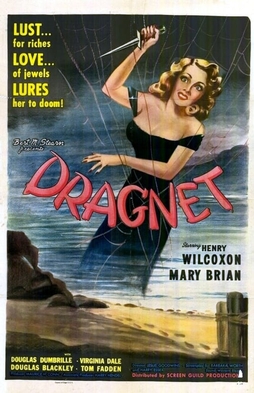
Dragnet is a 1947 American crime film directed by Leslie Goodwins and starring Henry Wilcoxon, Mary Brian, Douglass Dumbrille, Virginia Dale, Don C. Harvey, and Ralph Dunn. The screenplay was written by Barbara Worth and Harry Essex. The original music score was composed by Irving Gertz.

The Gaunt Stranger is a 1938 British mystery thriller film directed by Walter Forde. It stars Sonnie Hale, Wilfrid Lawson and Alexander Knox.
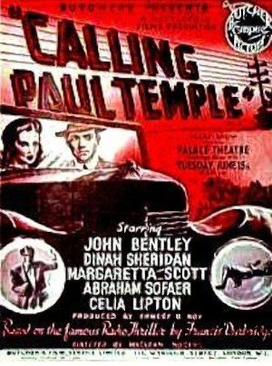
Calling Paul Temple is a 1948 British crime film directed by Maclean Rogers and starring John Bentley, Dinah Sheridan and Margaretta Scott. It was the second in a series of four Paul Temple films distributed by Butcher's Film Service. The first was Send for Paul Temple (1946), with Anthony Hulme as Paul Temple. John Bentley then took over the role in Calling Paul Temple, continuing for two further films: Paul Temple's Triumph (1950) and Paul Temple Returns (1952). It was produced by Ernest G. Roy at the Nettlefold Film Studios in Walton On Thames.
The Heirloom Mystery is a 1936 British drama film directed by Maclean Rogers and starring Edward Rigby, Mary Glynne and Gus McNaughton. After being secretly commissioned by a man to create a replica piece of furniture so he can sell the valuable original without his wife knowing, Charles Marriott's firm find themselves under investigation.
A South Sea Bubble is a 1928 British silent comedy adventure film directed by T. Hayes Hunter and starring Ivor Novello, Benita Hume and Alma Taylor. The screenplay concerns a group of adventurers who head to the Pacific Ocean to hunt for buried treasure. It was made at Islington Studios.
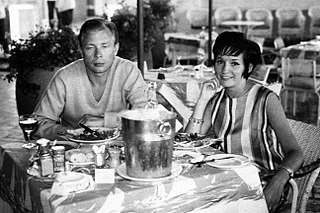
Terence Hogan, also known as Terry "Lucky Tel" Hogan and Harry Booth, was an English professional criminal and notorious figure in the London underworld in the 1950s and 1960s. He took part in the 1952 Eastcastle Street mailbag robbery in which £287,000 was stolen from a post office van leaving Paddington station. Hogan was a member of the infamous "Bowler Hat Gang", who dressed up as city gents to execute the robbery of an armoured payroll truck at London's Heathrow Airport in 1962, and a short time later, was believed to be tied to the Great Train Robbery (1963) under his alias Harry Booth.
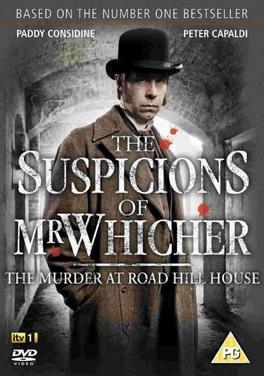
The Suspicions of Mr Whicher is a British series of television films made by Hat Trick Productions for ITV, written by Helen Edmundson and Neil McKay. It stars Paddy Considine in the title role of detective inspector Jack Whicher of the Metropolitan Police. The first film, The Murder at Road Hill House, was based on the real-life Constance Kent murder case of 1860, as interpreted by Kate Summerscale in her 2008 book The Suspicions of Mr Whicher or The Murder at Road Hill House, which was the winner of Britain's Samuel Johnson Prize for Non-Fiction in 2008, and was read as BBC Radio 4's Book of the Week in April the same year.

George Hayes was a British stage, television and film actor.
References
- ↑ Wood p.81